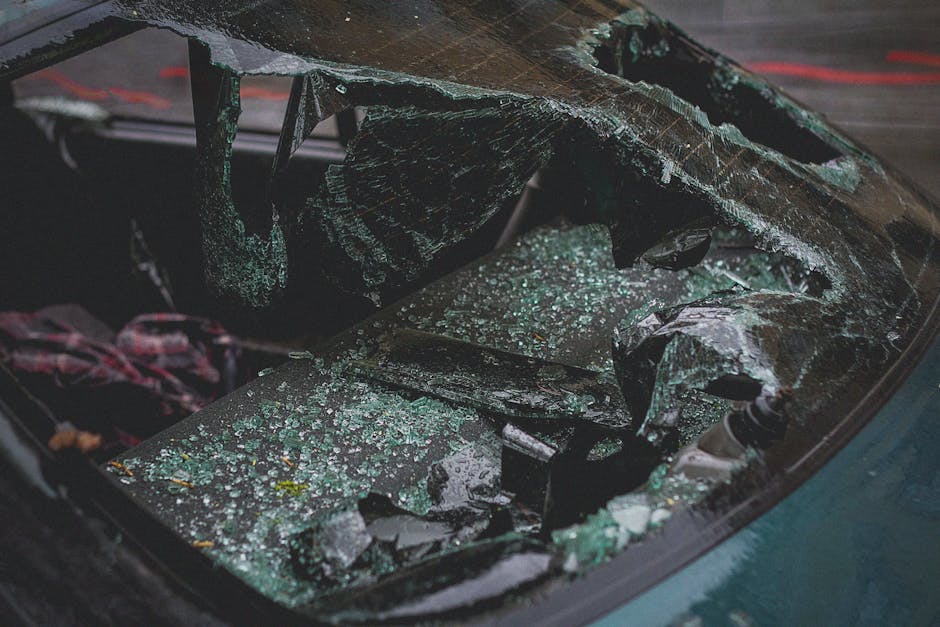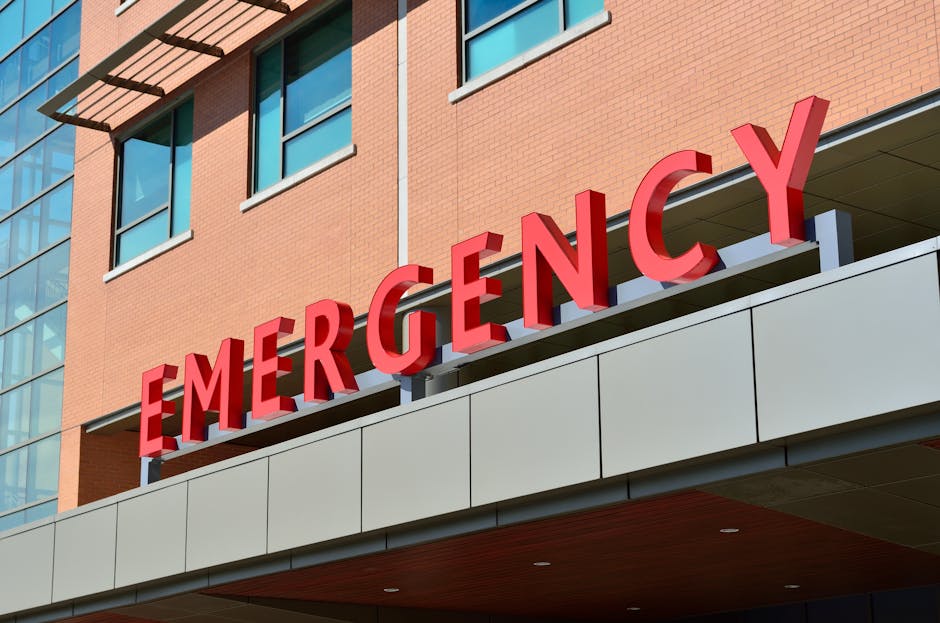Rear-end collisions are one of the most common types of car accidents, often occurring due to driver negligence, distractions, or following too closely. When a rear-end collision happens, determining liability is typically straightforward, but seeking compensation for injured parties can still involve legal complexities. In this article, we will explore the liability issues surrounding rear-end collisions and the available avenues for injured parties to seek compensation for their damages.
Liability in Rear-End Collisions
Laws governing Rear vary significantly by state. For example, California applies pure comparative negligence, while Texas uses a modified 51% bar rule. Understanding your state's specific statutes is crucial for evaluating your claim.
In rear-end collisions, liability is generally placed on the driver who rear-ended the other vehicle. This is because drivers are expected to maintain a safe following distance and exercise caution to prevent accidents. The driver who rear-ends another vehicle is presumed to be at fault for the collision, as they failed to maintain a safe distance or react appropriately to the traffic ahead.
However, there are some instances where liability might be shared or disputed:
Sudden Stops: If the lead vehicle suddenly stops or engages in erratic driving behavior without warning, the liability may be shared between both drivers. The driver who rear-ended the vehicle may argue that the sudden stop was unforeseeable and left them with little time to react.
Multiple Vehicle Collisions: In cases where a rear-end collision triggers a chain reaction involving multiple vehicles, determining liability becomes more complex. Each driver's actions leading up to the collision will be closely examined to assign fault appropriately.
Contributory Negligence: In some jurisdictions, the concept of contributory negligence comes into play. If the driver in the front was partially responsible for the collision, their compensation may be reduced proportionally to their degree of fault.
Seeking Compensation for Injured Parties
Injured parties in rear-end collisions have the right to seek compensation for their damages, which may include:
Medical Expenses: Injured parties are entitled to recover medical expenses related to injuries sustained in the accident. This includes hospital bills, medical treatments, rehabilitation, and ongoing care.
Lost Wages: If the injuries result in missed work and income loss, the injured party can claim compensation for their lost wages and potential future earning capacity.
Pain and Suffering: Injured parties can seek compensation for physical pain, emotional distress, and reduced quality of life resulting from the accident and injuries.
Property Damage: Compensation for vehicle repair or replacement is typically sought for damages sustained in the collision.
Legal Fees: Hiring a personal injury attorney to represent the injured party's case is common, and the legal fees may also be included in the compensation sought.
Insurance Claims vs. Personal Injury Lawsuits
In most rear-end collision cases, injured parties pursue compensation through insurance claims. The at-fault driver's liability insurance is expected to cover the damages up to the policy limits. Insurance companies may try to minimize payouts, which is why it is essential for injured parties to have strong evidence supporting their claims.
If the insurance settlement is insufficient or the insurance company denies the claim, the injured party may file a personal injury lawsuit against the at-fault driver. Personal injury lawsuits allow injured parties to seek full compensation for their damages, including pain and suffering, which is often not fully covered in insurance settlements.
Rear-end collisions can result in significant injuries and damages, and determining liability is usually straightforward. Injured parties have the right to seek compensation for their losses and injuries. If you have been involved in a rear-end collision, gather evidence, seek medical attention, and consult with an experienced personal injury attorney to understand your rights and options for seeking fair compensation. By holding at-fault drivers accountable, injured parties can receive the compensation they need to recover and move forward after a rear-end collision.
Related Resources
For more information on related topics, explore these articles:
- How to Find the Best 18-Wheeler Wreck Lawyers for Your Case
- Burn Injuries from Vehicle Fires: Legal Rights and Compensation
- Expert Witnesses in Car Accident Cases: Who You Need
Frequently Asked Questions
Q3: Can I negotiate the settlement amount?
A: Yes, initial settlement offers are almost always negotiable. Your attorney can provide counter-offers with supporting evidence to justify a higher amount.
Q2: What happens if I reject a settlement offer?
A: You have the right to reject any offer and proceed to trial. However, consider that trials involve more time, expense, and uncertainty compared to settlements.
Q1: How long does it take to receive a settlement payment?
A: Most settlements are paid within 2-6 weeks after signing the release. Complex cases with structured settlements may take longer to finalize the payment arrangement.




